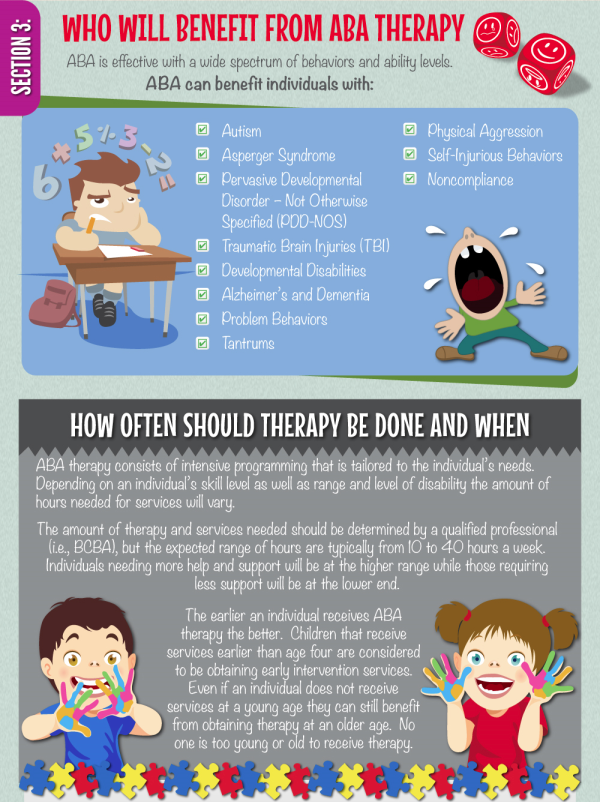Early sexual activity in children can occur for a myriad of reason and with a wide variety of consequences. Here are some facts to know in order to help your kids:
Reasons of Early Sexual Activity
- Today’s culture promotes early sexual activity with little regard to the consequences
- Students are inundated by the message that early sexual activity is an acceptable decision that will promote popularity and solid relationships
- Lack of communication at home whether about why to be abstinent or protection
- Overall lack of sex education
- Lack of monitoring by responsible adult (either outside of the home or within the home)
- Peer Pressure
- Contradicting messages from family, school, friends, and the media
- Self-doubt
- Lack of education while going through radical physical/hormonal changes
- Low self-esteem
Consequences of Early Sexual Activity:
- Self esteem issues
- Stress of an image or reputation to uphold
- Center of critiques from others, often negative
- Change in attitude towards school and authority
- Difficult time focusing on her school work
- Loss of respect toward adults
- Provocative clothing
- Contracting a disease
- Teen Pregnancy
- Adolescents who have sex early are less likely to use contraception, putting them at greater risk of pregnancy and STDs
Between 2006 and 2008, 14 percent of female adolescents and 25 percent of male adolescents had sex for the first time with someone they had just met or with whom they were “just friends.” –National Center for Health Statistics
How to Help Your Child
- Talk with them openly
- Be supportive
- Encourage positive outlets
- Educate them on sex
- Monitor your child: know where they are at all times
- Watch for warning signs, like sudden withdrawal
- Get them involved in positive activities
- Know your child’s friends and their significant others









